Montana's Mysterious Rock Show
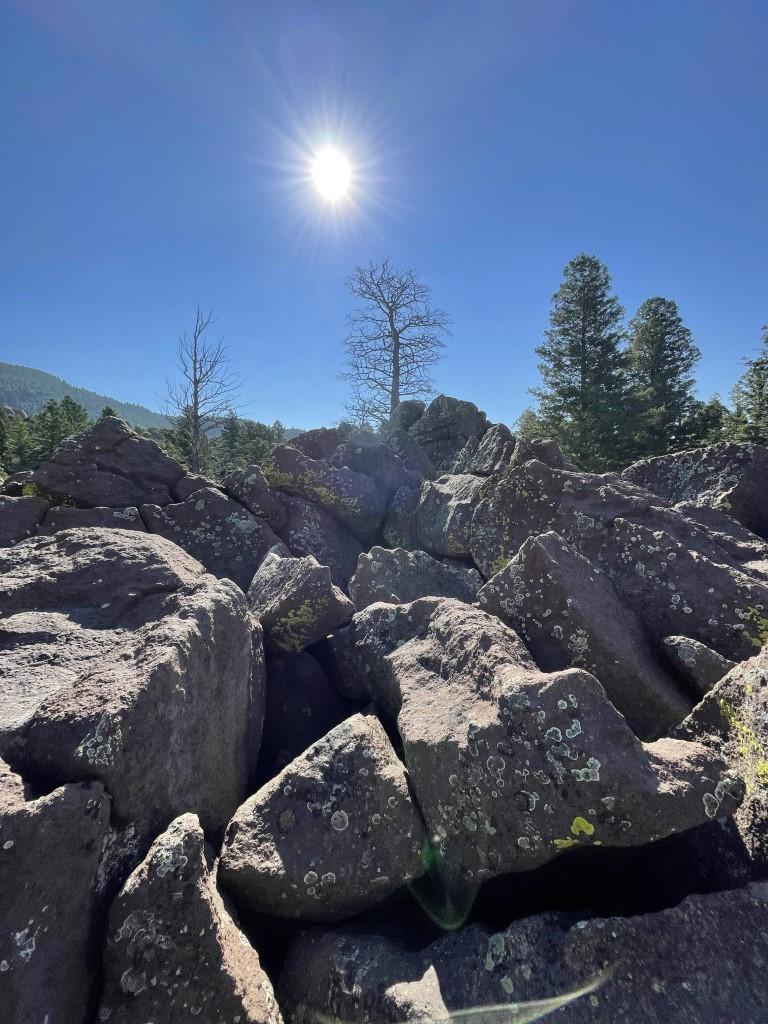
Photo by Holly Matkin
Experience the Music of the Legendary Ringing Rocks
As many savvy adventurers will attest, some of the most spectacular gems the Treasure State has to offer aren’t necessarily places that grant visitors easy admittance. They aren’t offhand stopovers or roadside attractions, they seldom come without some element of risk, and rarely—so very rarely—do they come without a bit of a struggle.
But dang it, they tend to be the ones most worth the effort.
It is down those dusty mountain trails or at the end of one of the innumerable washed-out dirt roads crisscrossing the landscape that so many of our area’s most miraculous natural wonders lie, and the Ringing Rocks are undeniably a part of the trove.
Getting There is Half the Fun
You won’t find any mention of the Ringing Rocks as you travel along Interstate 90 between Butte and Whitehall. No signs announce their presence or urge you to “EXIT NOW!” In fact, the first directional sign for the geographical landmark pops up only after parting ways with the interstate at the Pipestone 241 exit, located approximately 12 miles west of Whitehall and 19 miles east of Butte.
“RINGING ROCKS,” a sign at the junction just north of the off-ramp simply states. Above it, the outline of a hand points down the unassuming gravel frontage road to the east.
It may be part of what makes experiencing the Ringing Rocks so special. The odds of stumbling upon them by happenstance are impossibly low. Only those who set out with the intention of experiencing their melodious tones will be rewarded in the end.
I obeyed the pointing hand and ventured down the deserted gravel road just as the sun’s first golden rays crested the mountain ridgeline and shot out across the plains. The route veered sharply to the north less than a mile later, guiding me across a couple of weathered cattleguards and over a set of railroad tracks as the morning breeze blew through the windows of my squeaky 2004 Jeep Wrangler.
Just as I was beginning to scoff at the warnings I had received about the condition of the road, the path began winding up into the mountains and turned a little less hospitable, albeit exceedingly interesting. Washouts disrupted the serpentine track and boulders jutted out of the ground, forcing me to studiously maneuver my way up the steady incline, rounding bend after bend. The valley floor stretched out behind me while I navigated the last turn, having traveled a mere five miles off the pavement by the time I pulled up at the base of the jumbled mass of rocks I’d set out to find.
As promised, the route to the Ringing Rocks is not suitable for low-clearance vehicles or for motorcycles intended for highway-only use. Visitors also have the option to leave their vehicles in the parking area near the railroad tracks and to hike in on foot.
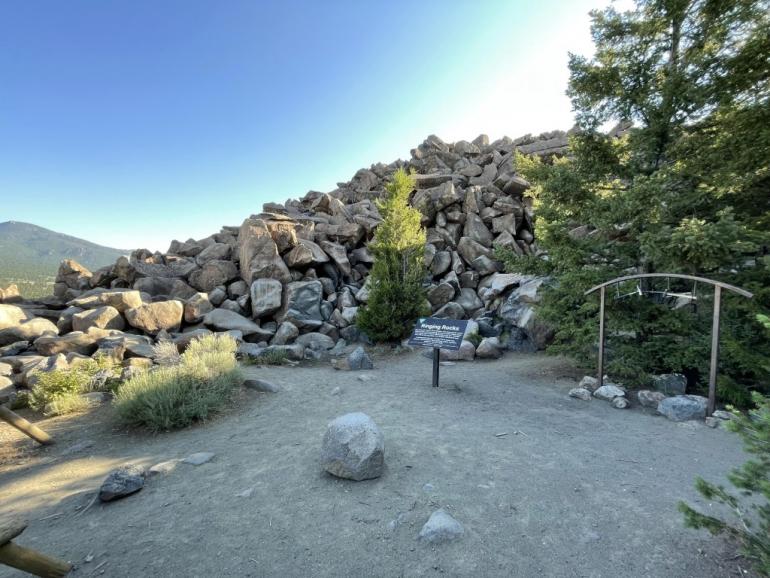
Photo by Holly Matkin
Stones, Tones, Giants and Gnomes
I had decided to set out on my offbeat adventure excessively early the morning of my visit, having banked the knowledge the rugged five-mile voyage off the interstate would likely be slow-going and take longer than typically expected to travel such a distance. I ultimately ended up having covered ground much more quickly than I anticipated and arrived shortly after daybreak to find Mother Nature had left me with a rare and memorable gift.
There wasn’t a soul in sight. I had the Ringing Rocks entirely to myself.
I clambered out of the Jeep—hammer tucked firmly in my waistband—and headed over to the sprawling iron-red tower of haphazard polyhedrons piled up before me.
They seemed oddly out-of-place in the landscape, as if they had been dumped out of the sky and onto the forest floor below. Their rusty color contrasted with the drab gray of the boulders lying outside the perimeter of the pile, and instead of having smooth, weathered edges like most stones in the area, these were angular and had long, nearly flat surfaces. They weren’t remarkable in appearance, but their visual differences made the mound stand out from the surrounding landscape like a beacon.
Nothing was growing on the boulder mound, even though tall pines and wildflowers were thick in the area leading right up to its base.
I was initially cautious about climbing onto the rocks because I was extremely concerned one could shift beneath me and tumble to the valley floor below. If the rocks are removed from the pile, their ringing sound is lost forever. It was also a ride down the mountainside I wasn’t keen on experiencing. I tested my footing and was relieved to confirm they were firmly positioned against one another.
I scrambled up across the boulders, which varied in size from about three feet to 12 feet wide, making my way about halfway up the pile before I pulled out my trusty hammer. I chose a stone at random and lightly tapped it, creating a magnificent, resoundingly deep tone strikingly similar to that of an old church bell.
Even though I knew what to expect, the richness of the tone came as a surprise.
I quickly sought to replicate it, twisting left and right and lower and higher, tapping on various boulders indiscriminately, sending their chimes up into the air to harmonize with the singing meadowlarks.
Thunk! Ding! Clank! Bong! Chime!
I continued making my way up the mound, testing the various sounds as I crested the top and looked out over the half-mile-wide geological marvel. It was almost as if a piano built for a mythical giant collapsed into mayhem, leaving its keys scattered across the mountainside. Yet at the same time, it seemed intricately arranged—perfectly engineered by a team of industrious, mischievous gnomes, perhaps?
The tones resounding from the Ringing Rocks were individually beautiful, but I was never able to create a cohesive melody or organized pattern with their chimes. They each had their own sound, seemingly regardless of their size or shape. Occasionally, I’d hit one that wouldn’t ring at all. Each tap unveiled a surprise.
Eventually, the mesmerizing peace of the chimes and bell-like tones I’d created during the solitude of being alone in this magical—albeit bizarre—utopia for hours was hilariously shattered by an utter cacophony of dings and thunks and clanks, capped off with squeals of astonishment.
Children had descended upon the Ringing Rocks, instantly morphing nature’s cathedral bells into a chaotic, disjoined rock concert.
And those kids were having an absolute blast.
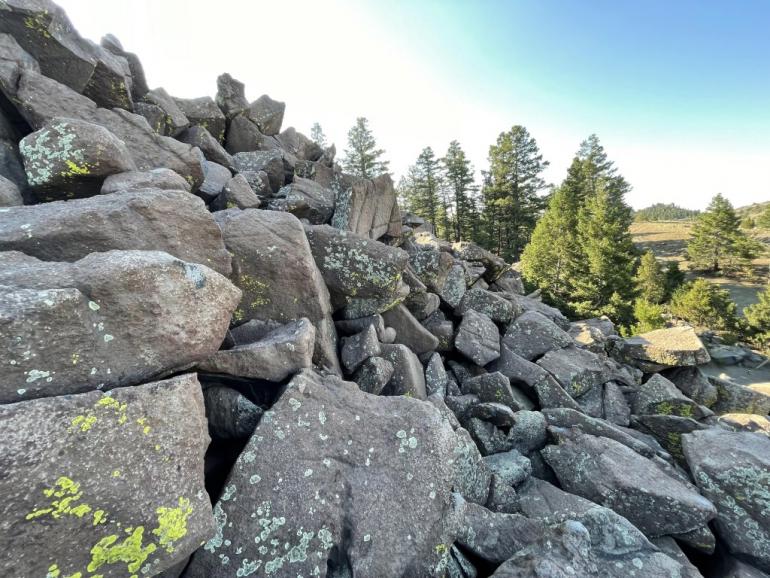
Photo by Holly Matkin
What Puts the ‘Ring’ in the Rocks?
The Ringing Rocks are located inside the boundaries of the vast Beaverhead-Deerlodge National Forest—a three-million-acre area of public land spilling into seven southwest Montana counties. It is one of just two places in the United States where visitors can experience this sort of rare geological wonder. The other is a well-known, well-traveled county park in Bucks County, Pennsylvania.
“There are many theories about how this rock pile formed and why the rocks ring, but there are no certain answers,” explains geologist Joan Gabelman, who has worked at the Bureau of Land Management’s Butte Office for the past 21 years.
The rocks, which are believed to be approximately 76 million years old, contain an abundance of pyroxene and olivine and are therefore extremely resistant to weathering. Some scientists believe the rocks surrounding the pyroxene and olivine-rich stones weathered away over time, leaving behind a hill of mafic rock that later froze, thawed, and shattered, breaking into the blocks we see today.
“Others believe that the jointing in the intrusive rocks caused blocks to crack and over time gravity caused the blocks to fall over on themselves, creating open space,” Joan said.
Her late father, geologist John Gabelman, believed the Ringing Rocks were formed after magma, fluid, or gas caused an uplift and created space beneath the surface of the ground. The blocks could have collapsed into the space and shattered, leaving the pile behind, John theorized.
What is known about the mysterious workings of the Ringing Rocks is that the quantity of airspace between the boulders plays a key role in their music-making capabilities.
“Ringing Rocks is a pile of fine-grained mafic intrusive, prismatic to angular, jumbled rocks suspended on each other with nothing but air space between them,” Joan explains. “The suspension of the blocks creates open space for the rocks to resonate when struck, creating melodious ringing. The fine-grained interlocked crystals form a dense rock that creates the ability for the rocks to ring.”
Without that imperative airspace, they sound like nothing more than knocking on ancient chunks of plain old rock.
But perhaps the most compelling theory about why the Ringing Rocks ring can be traced back to the children who were scrambling over the boulders the day of my visit, excitedly knocking on every rock their little hands could reach.
“Holy cow! That’s awesome!” a little boy with wide eyes shrieked. “Where does it come from?”
He examined the boulder from every conceivable angle as a little girl I could only assume to be his wise big sister tapped away on other rocks from her position above his head.
“Duh,” she said with exasperation. “It’s magic!”
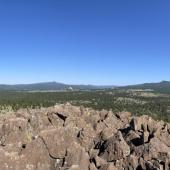
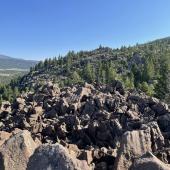
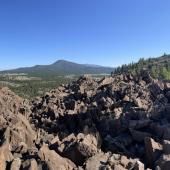
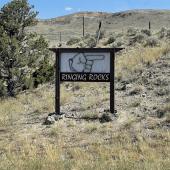
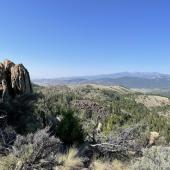
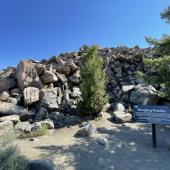
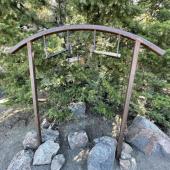
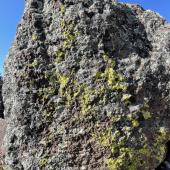
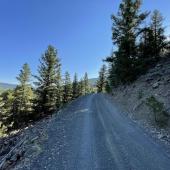
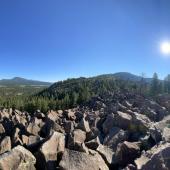
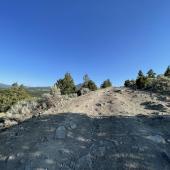
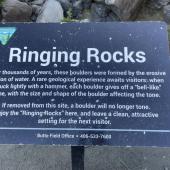
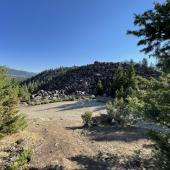
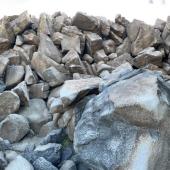
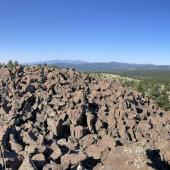
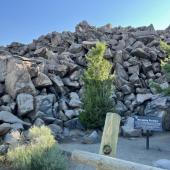
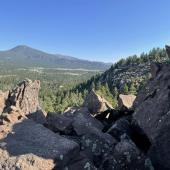
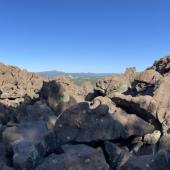
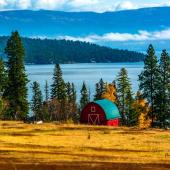
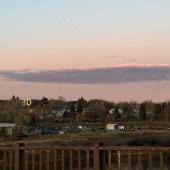
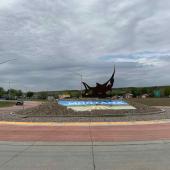







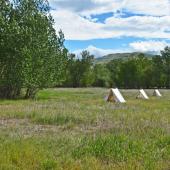
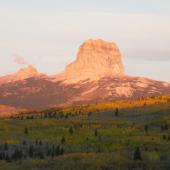
- Reply
Permalink